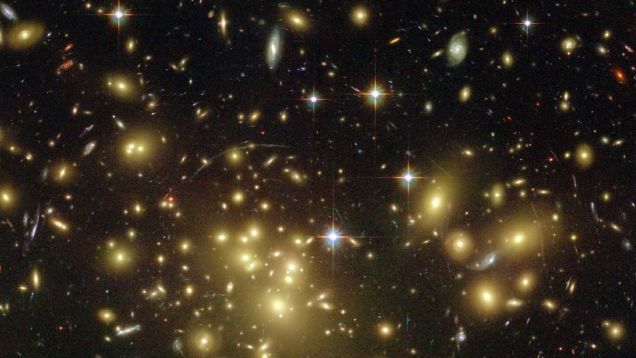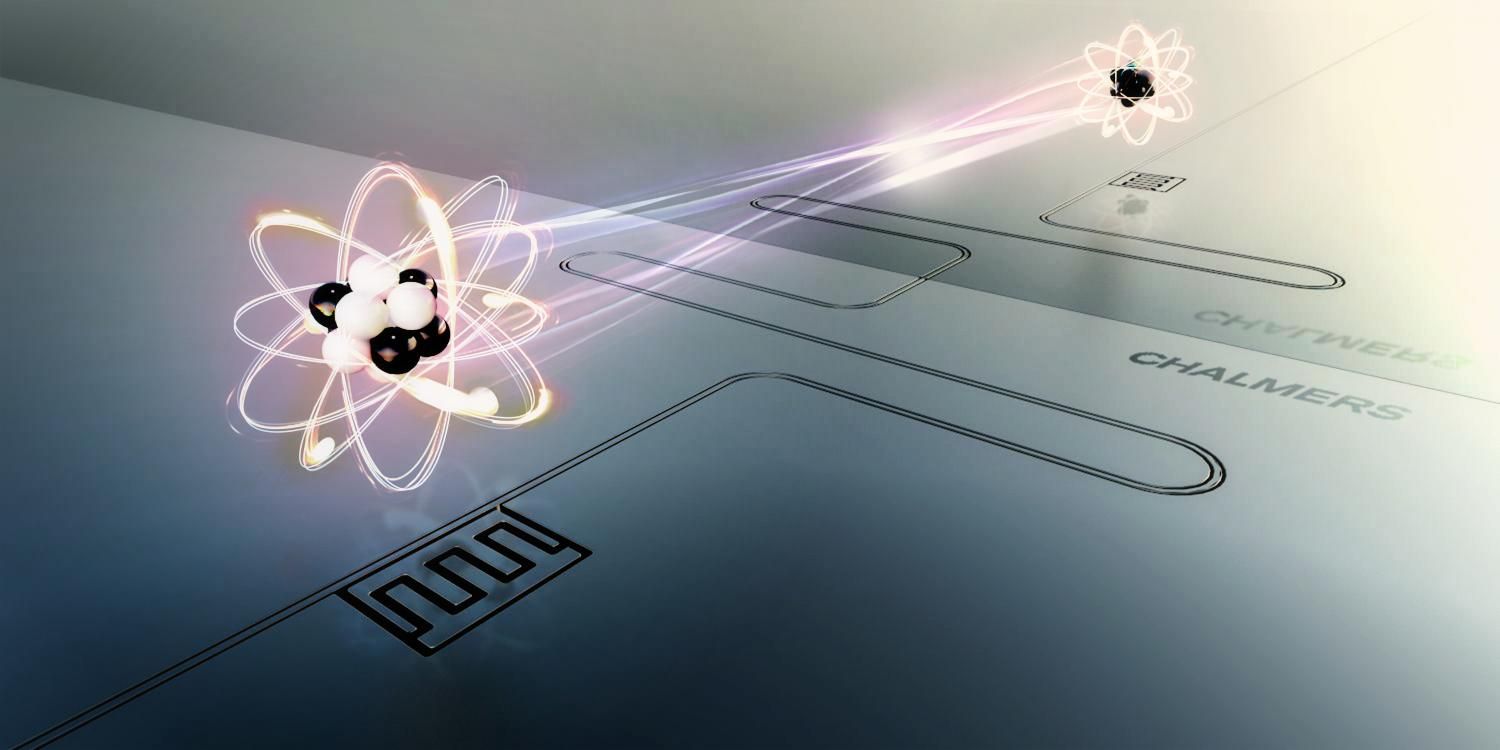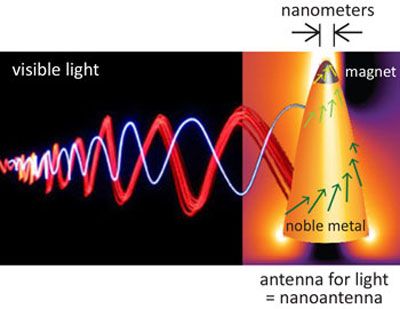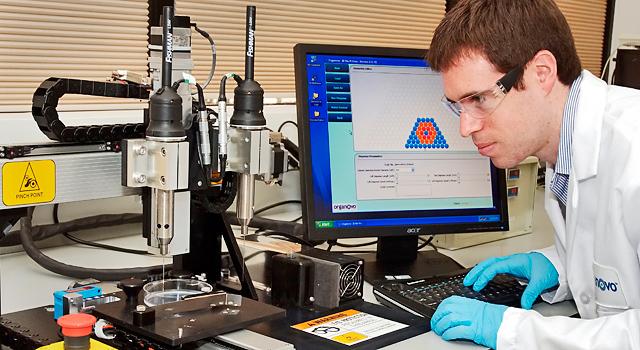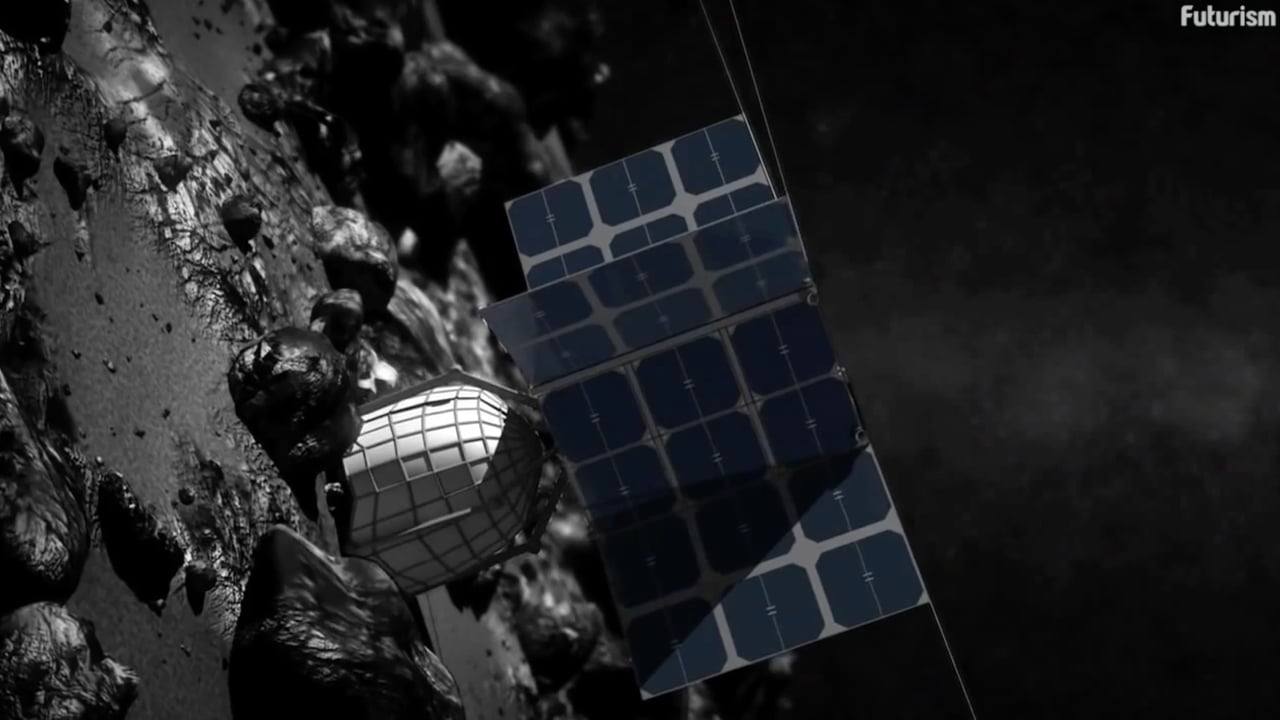According to Albert Einstein, the speed of light is an absolute constant beyond which nothing can move faster. So, how can galaxies be traveling faster than the speed of light if nothing is supposed to be able to break this cosmic speed limit?
I’m a little world of contradictions. “Not even light itself can escape a black hole,” and then, “black holes are the brightest objects in the Universe.” I’ve also said “nothing can travel faster than the speed of light”. And then I’ll say something like, “galaxies are moving away from us faster than the speed of light.” There’s more than a few items on this list, and it’s confusing at best. Thanks Universe!
So, how can galaxies be traveling faster than the speed of light when nothing can travel faster than light? Warp speed galaxies come up when I talk about the expansion of the Universe. Perhaps it’s dark energy acceleration, or the earliest inflationary period of the Universe when EVERYTHING expanded faster than the speed of light.
